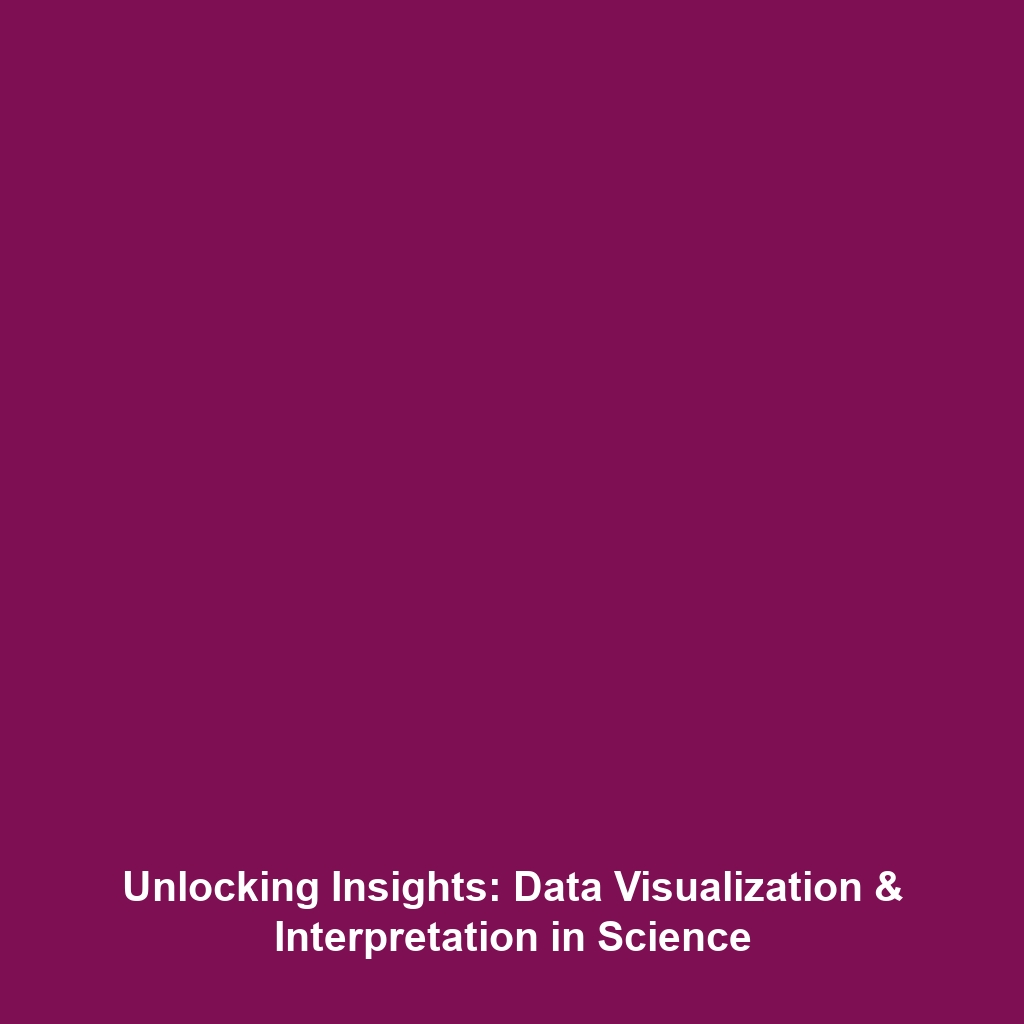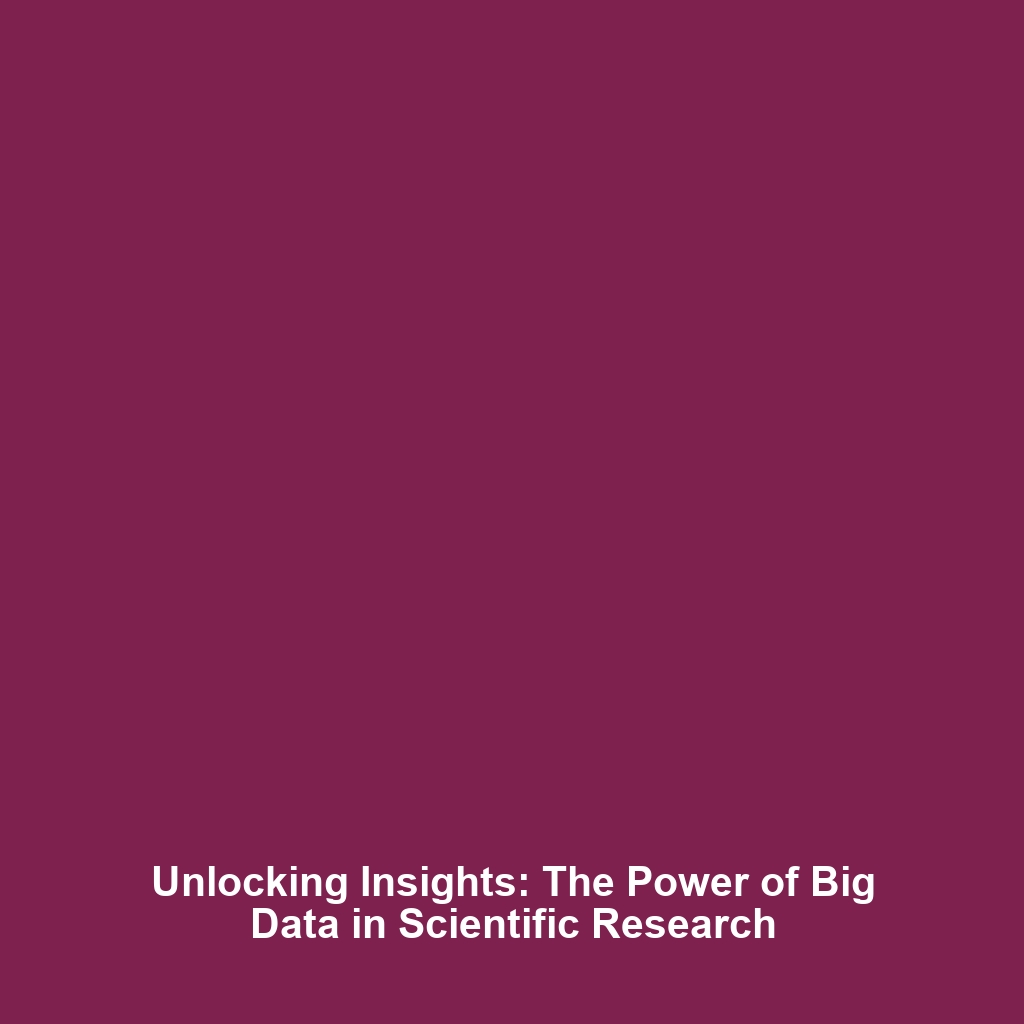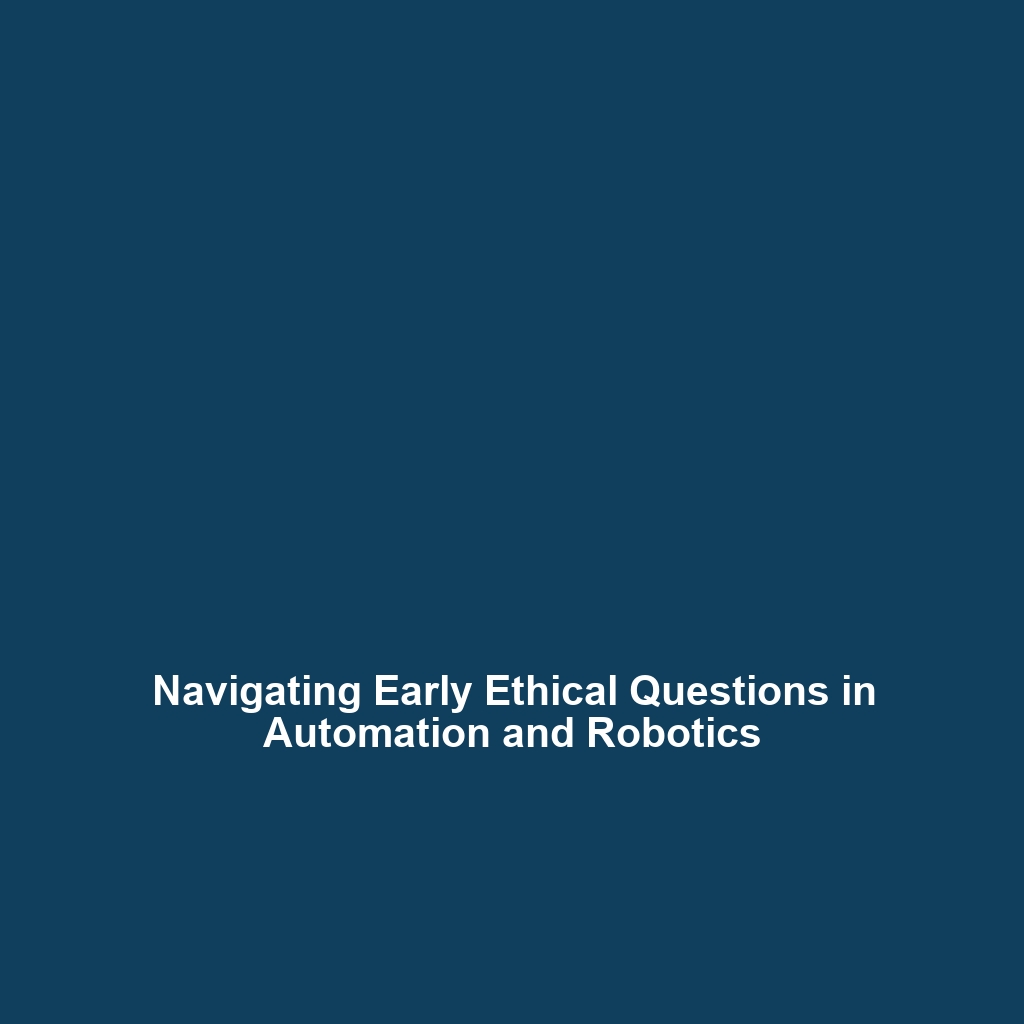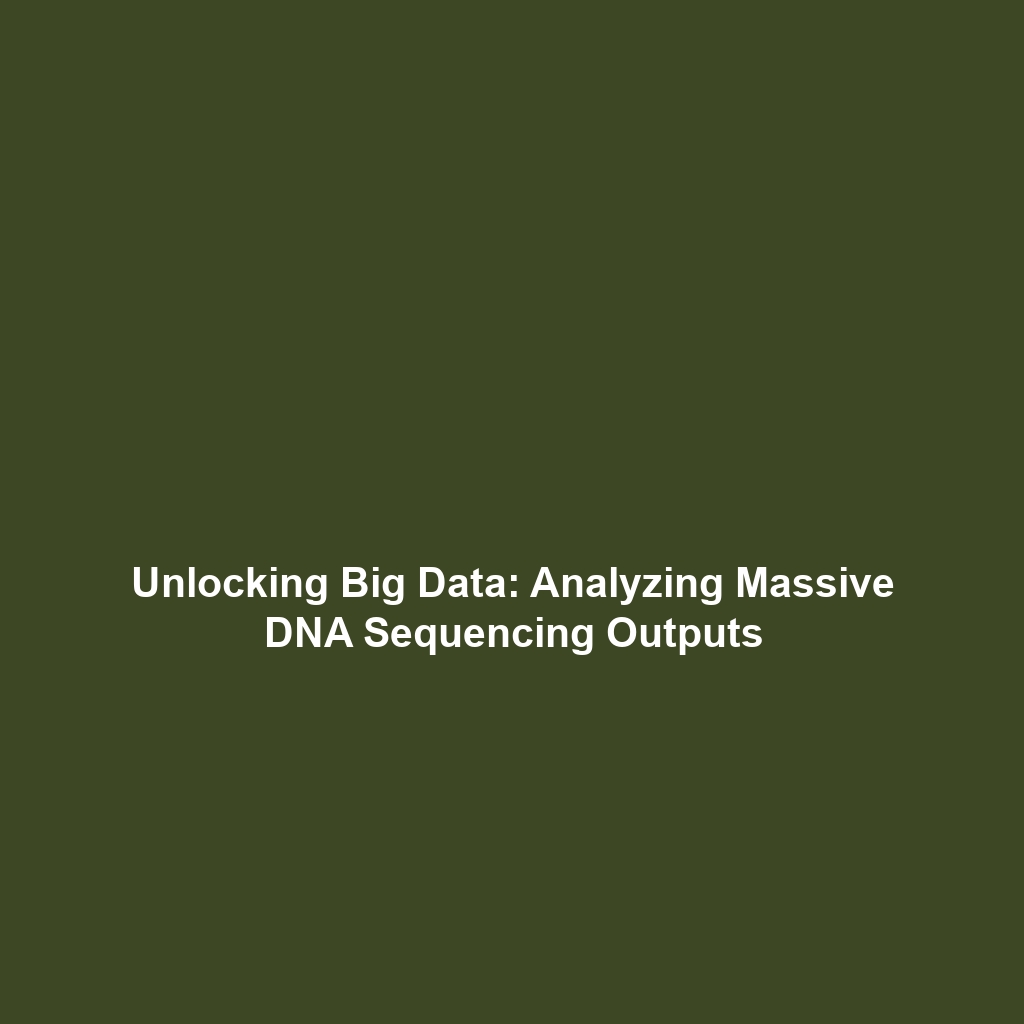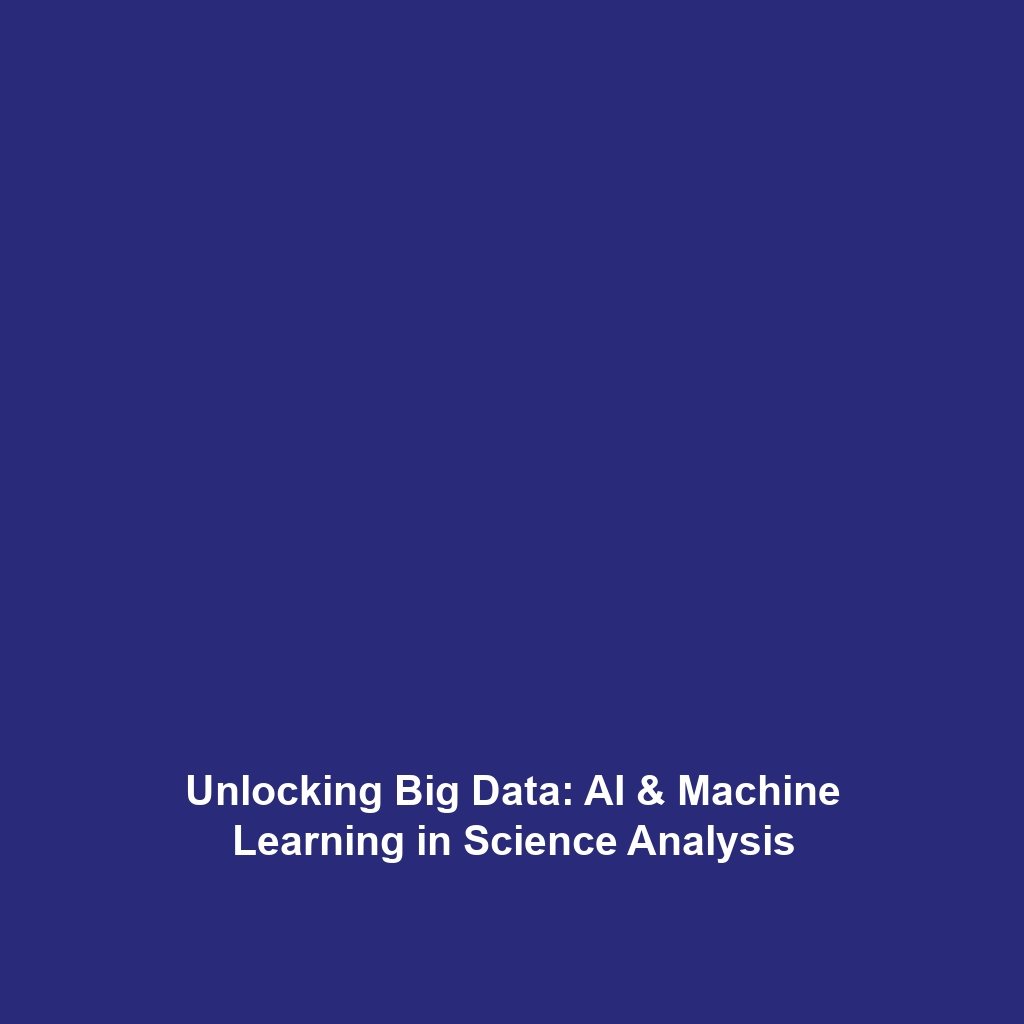Data Visualization and Interpretation in Big Data Science
Introduction
Data Visualization and Interpretation hold significant importance within the realm of Big Data in Science. As the volume of data continues to surge, the ability to effectively visualize and interpret this data becomes crucial for researchers and professionals alike. Compelling visual representations not only enhance our understanding of complex datasets but also facilitate informed decision-making across various scientific disciplines. This article delves into the essential concepts, applications, challenges, and future directions of Data Visualization and Interpretation in the context of Big Data.
Key Concepts
Understanding Data Visualization
Data Visualization involves the graphical representation of data and information. By using visual elements like charts, graphs, and maps, it allows users to see analytics presented visually, making it easier to identify trends, patterns, and anomalies within large datasets.
The Role of Data Interpretation
Data Interpretation is the process of making sense of the visualized data. It requires context and expertise to extract meaningful insights and implications from the visual representations, crucial for advancing scientific knowledge and informing practical applications.
Principles in Big Data Science
Both Data Visualization and Interpretation are critical in managing the challenges presented by Big Data. The principles include:
- Clarity: Ensuring that visualizations are easy to read and understand.
- Accuracy: Representing data truthfully to avoid misleading interpretations.
- Accessibility: Making visualizations available to a diverse audience to promote broader understanding.
Applications and Real-World Uses
The applications of Data Visualization and Interpretation in Big Data Science are vast and impactful. For example:
- Health Research: Visualization tools help map disease outbreaks and track health trends, guiding public health interventions.
- Environmental Science: Data visualization assists in analyzing climate change data, illustrating temperature rises, and extreme weather patterns.
- Marketing Analytics: Companies utilize visualized consumer data to tailor marketing strategies and improve customer engagement.
These practical uses illustrate how Data Visualization and Interpretation transform Big Data into actionable insights across various fields.
Current Challenges
Despite its advantages, there are several challenges and limitations associated with Data Visualization and Interpretation:
- Data Overload: The sheer volume of data can overwhelm users, making it hard to extract meaningful insights.
- Misleading Visualizations: Poor design choices can lead to misinterpretations, complicating analysis.
- Skill Gap: Not all researchers possess the required skills to effectively visualize and interpret large and complex datasets.
Future Research and Innovations
The future of Data Visualization and Interpretation in Big Data Science promises exciting developments. Innovations include:
- Artificial Intelligence: AI-powered tools that automate the visualization process, enhancing accuracy and efficiency.
- Interactive Dashboards: Dynamic platforms that allow users to manipulate data visualizations for personalized insights.
- Augmented Reality: Immersive experiences for visualizing complex datasets in three-dimensional space, facilitating deeper understanding.
Conclusion
Data Visualization and Interpretation play a pivotal role in unlocking the potential of Big Data in Science. As we confront new challenges and embrace emerging technologies, the ability to visualize and interpret data effectively will continue to shape research and innovation across numerous scientific fields. For further reading on the intersection of Data Science and technology, explore our articles on machine learning applications and data ethics in research.
